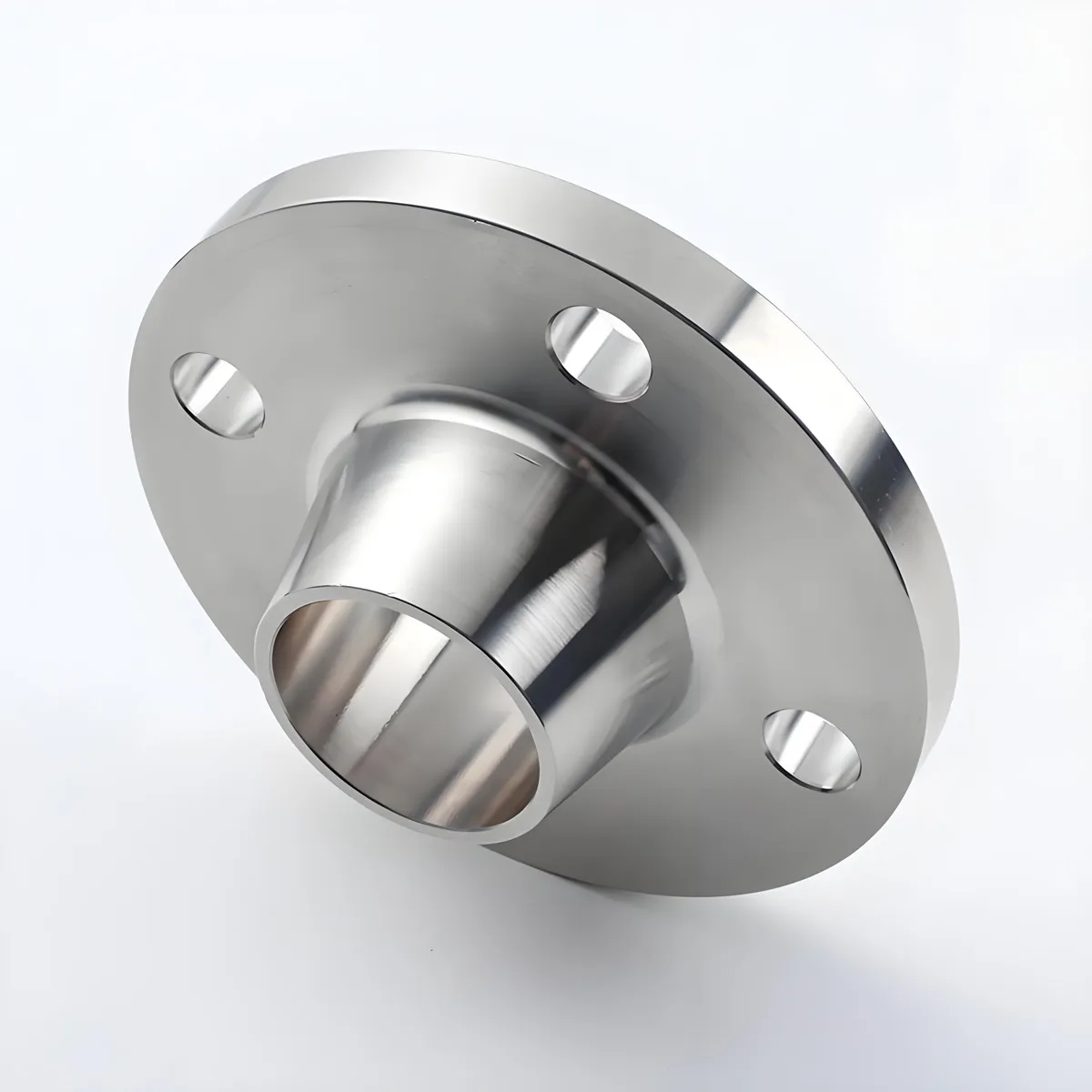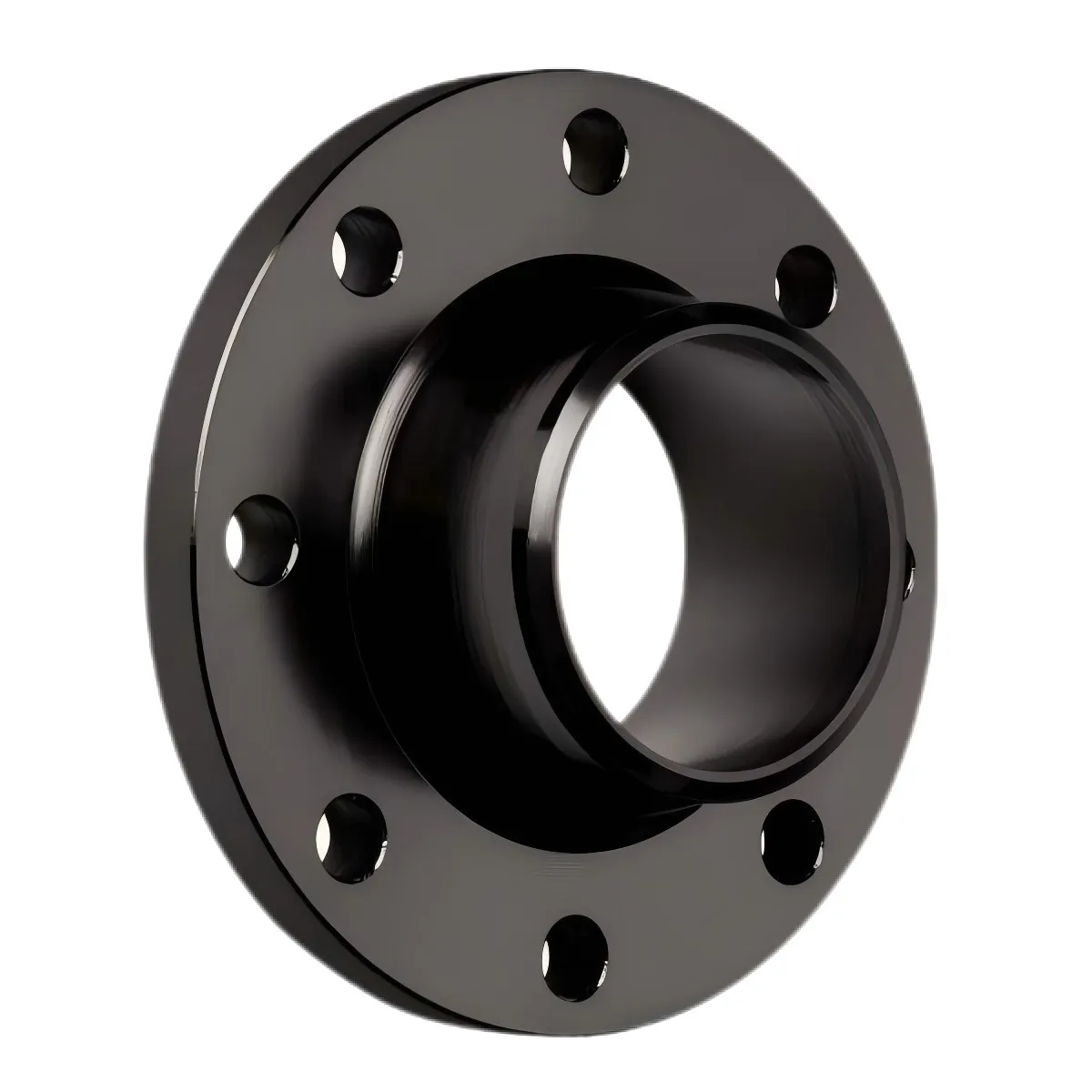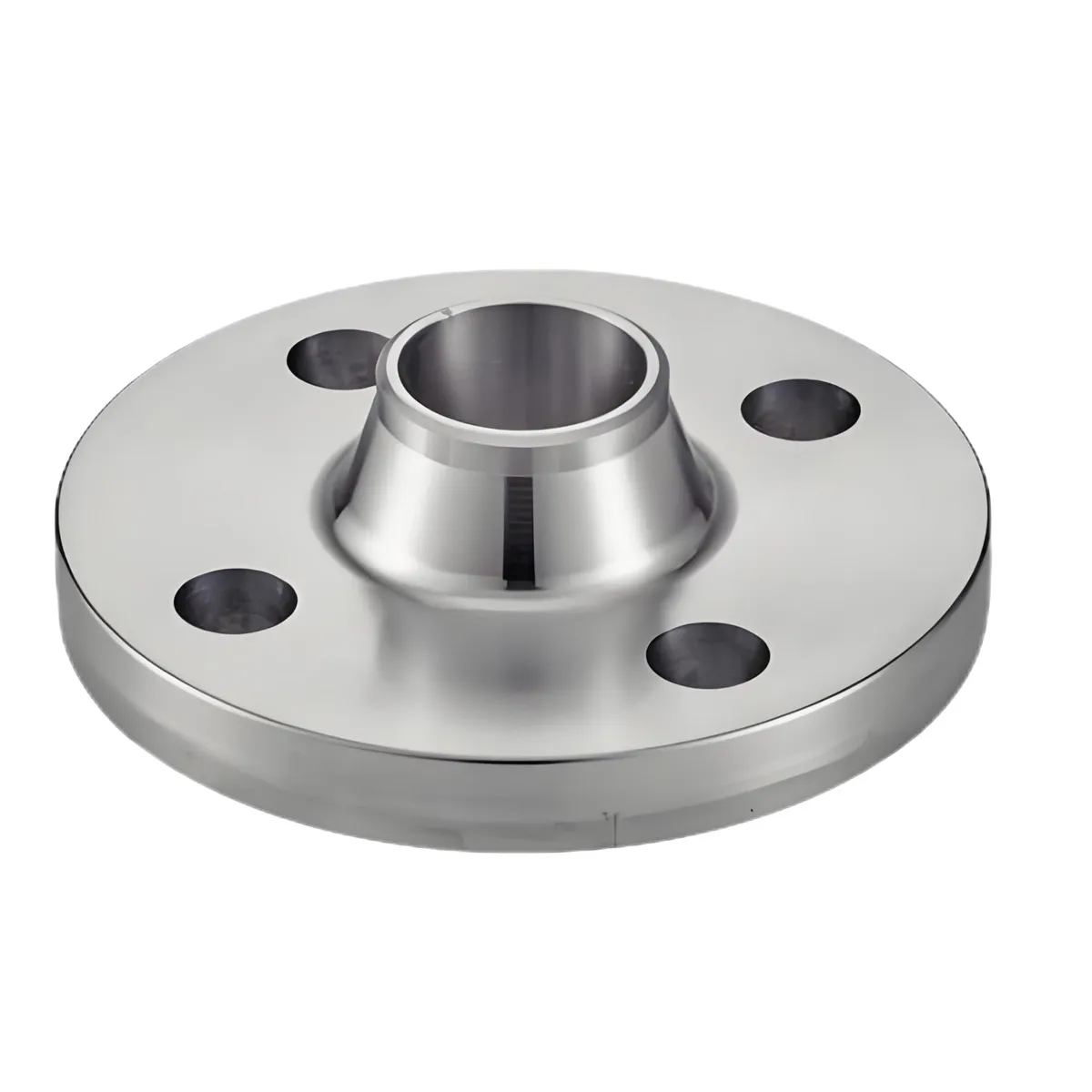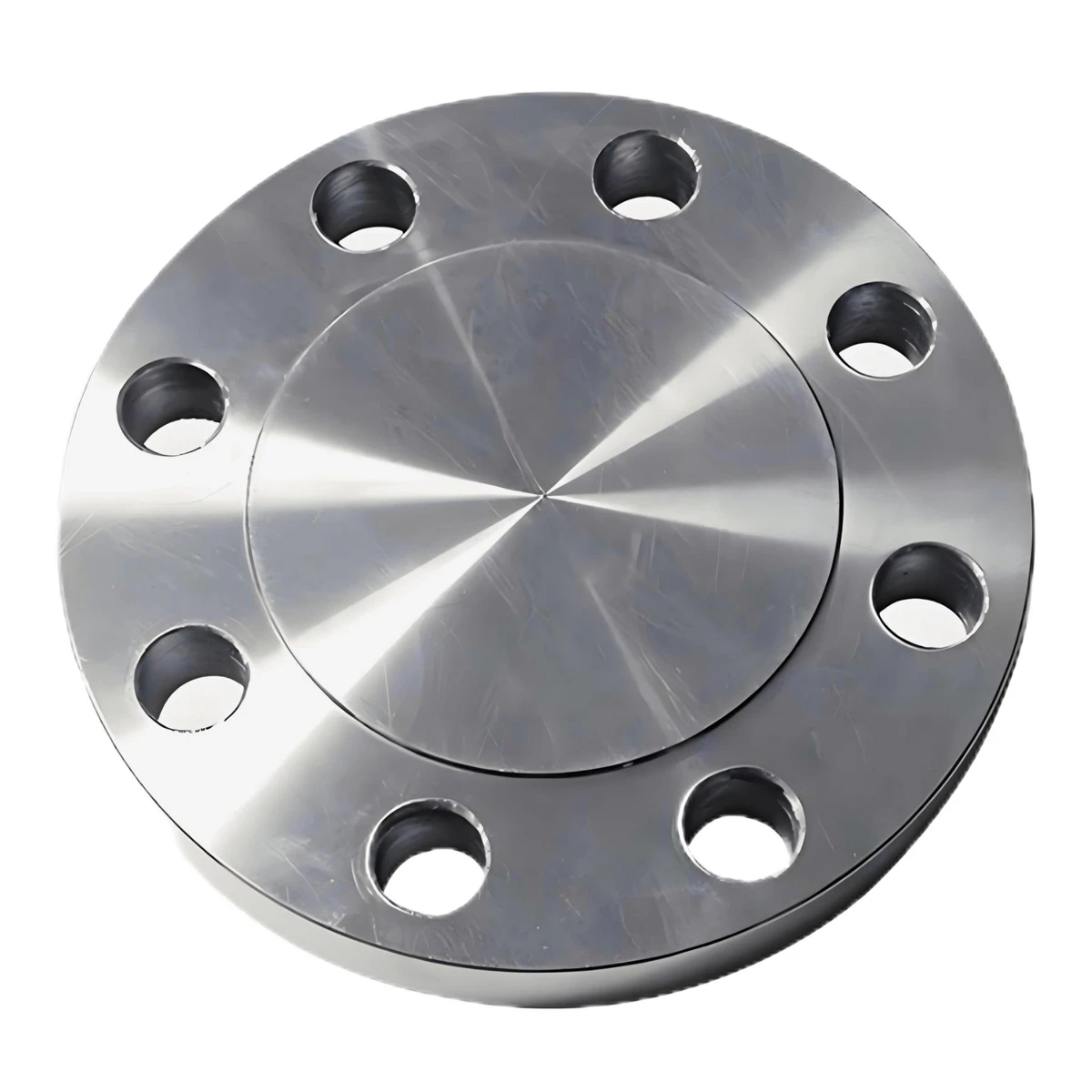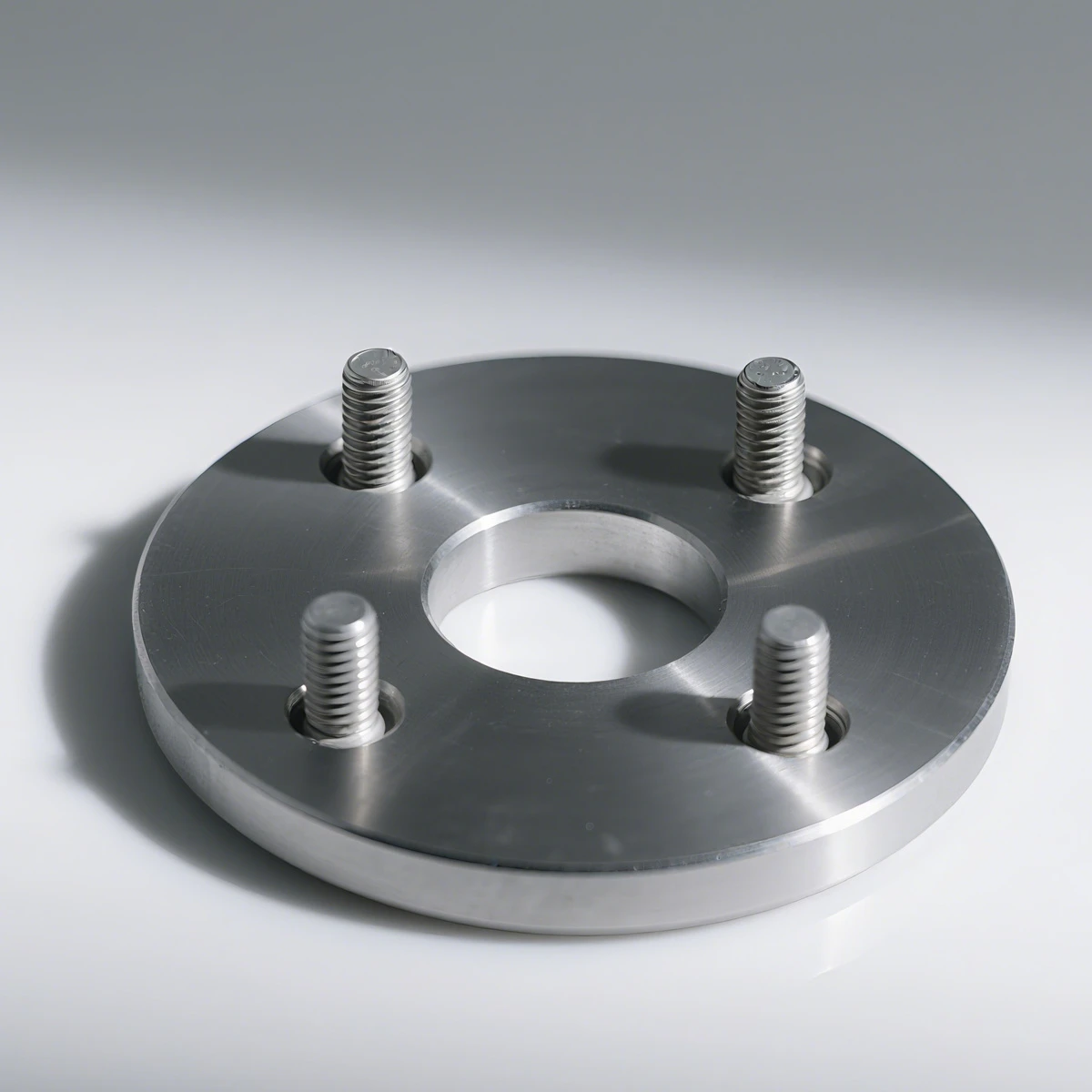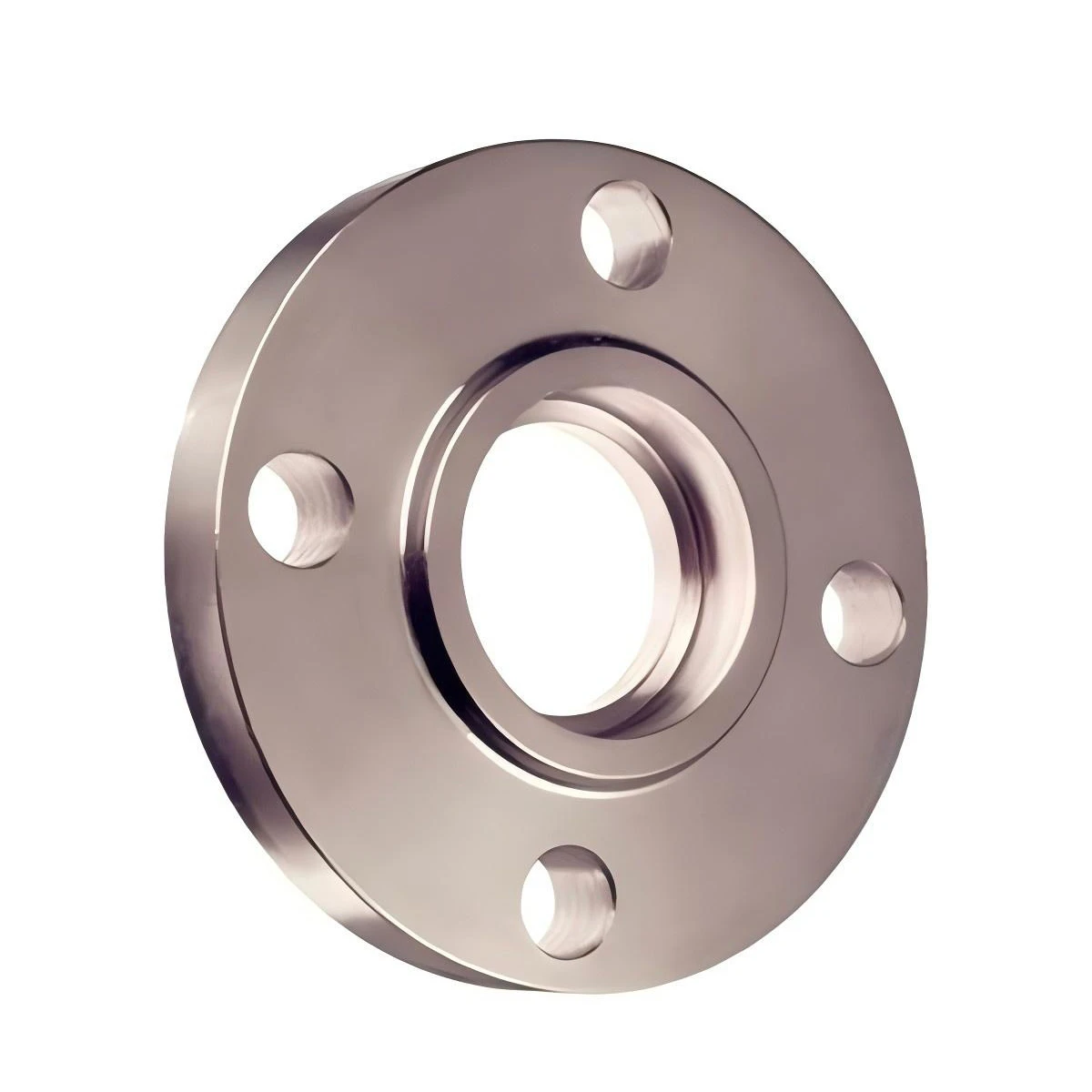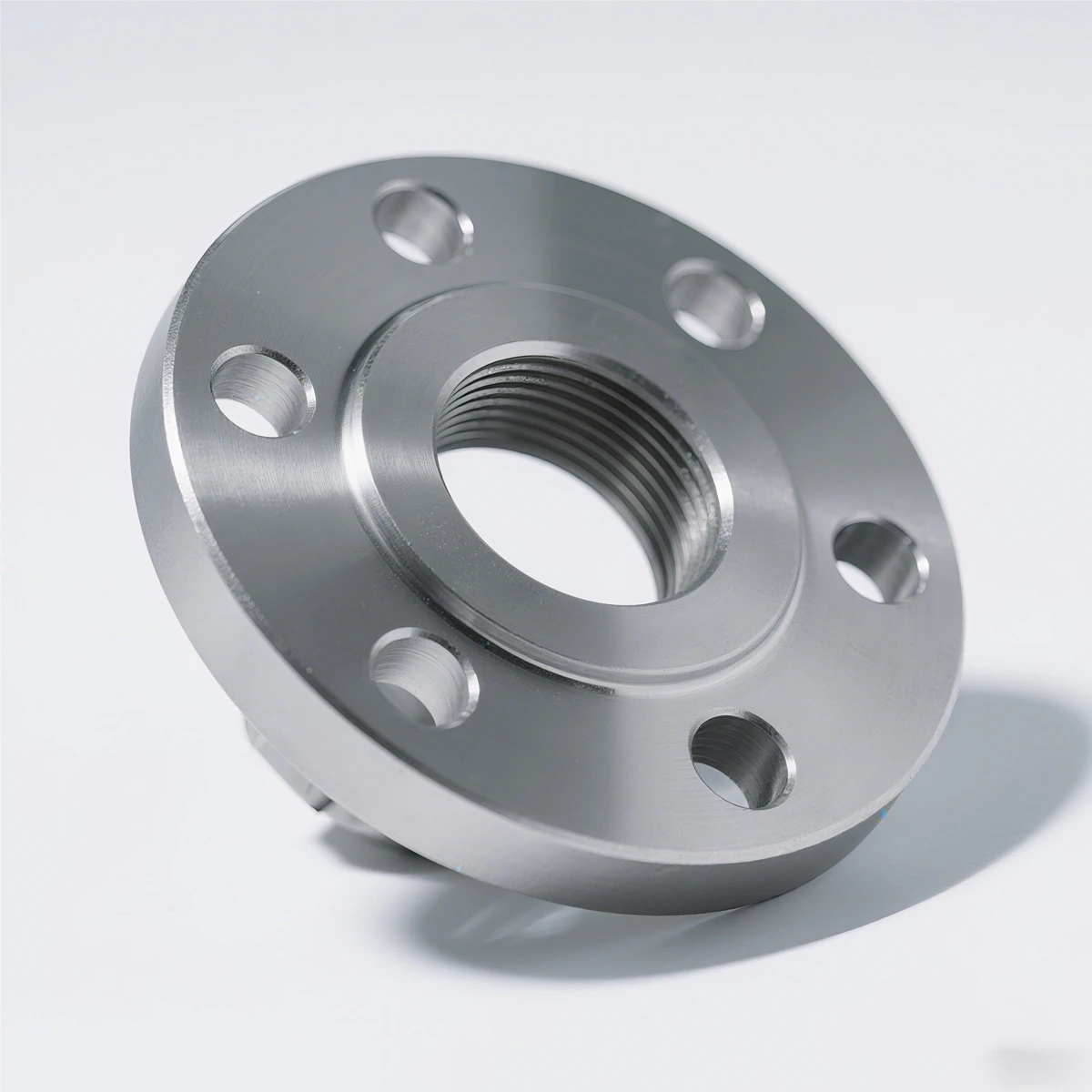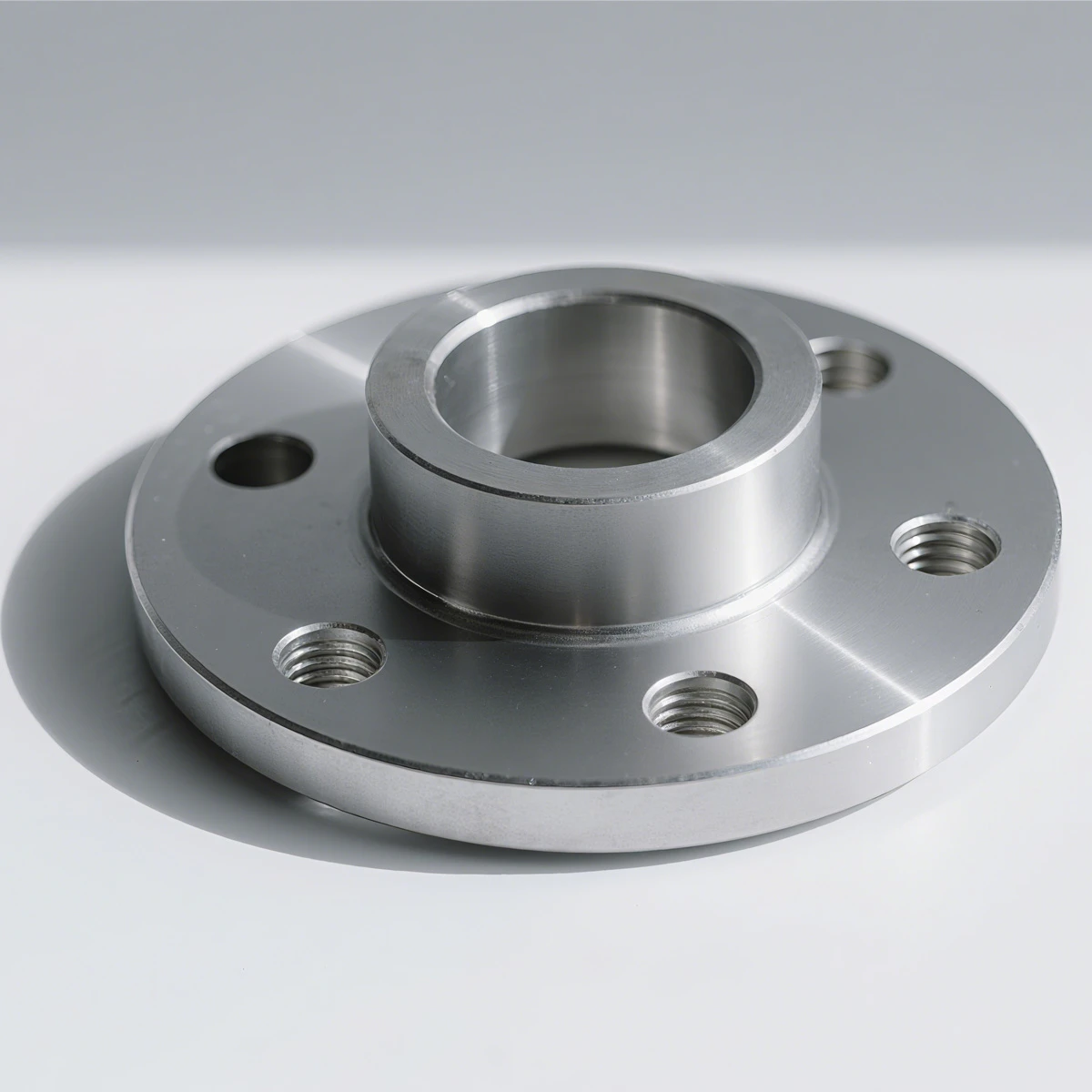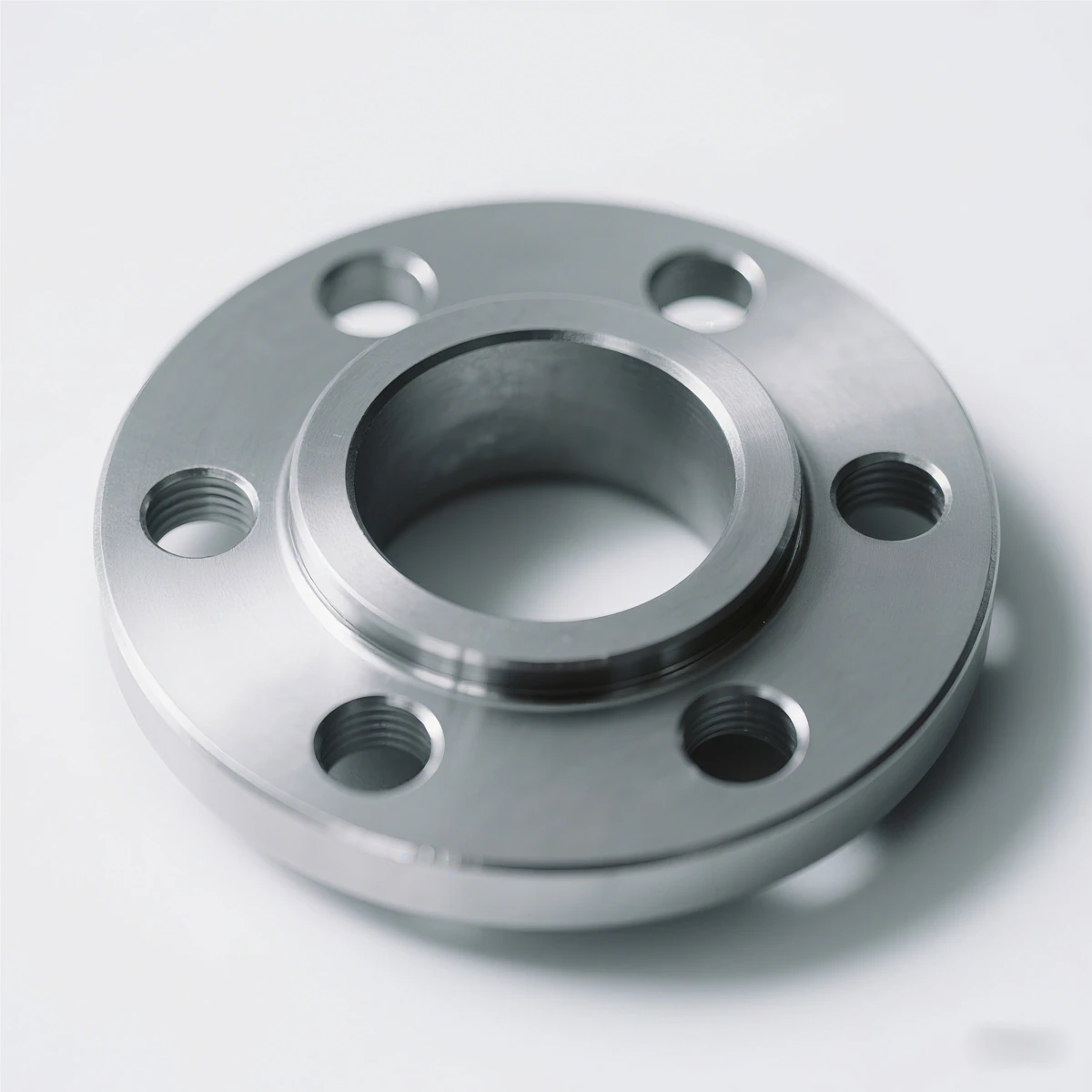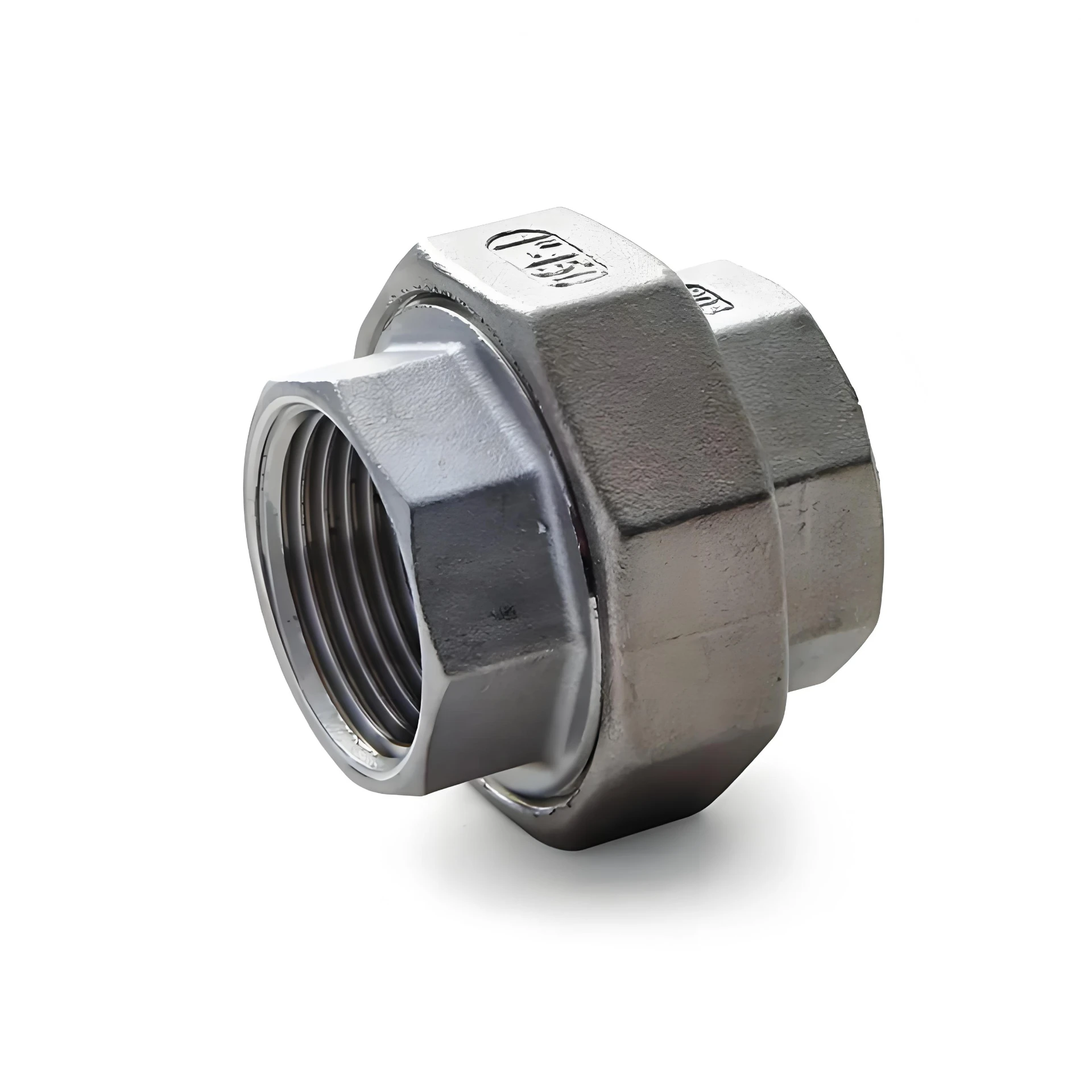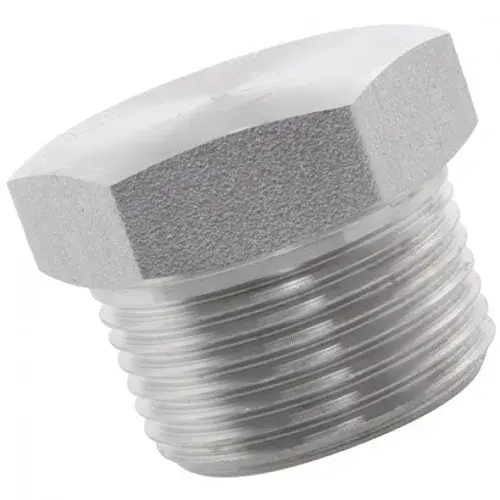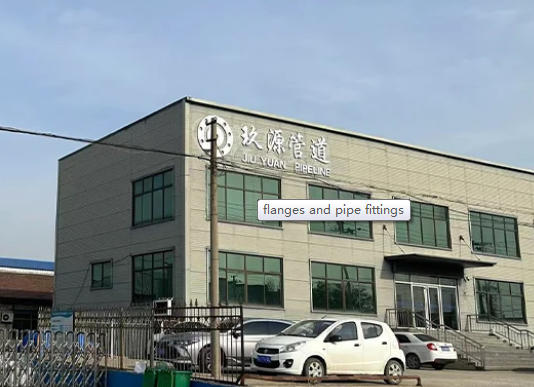- Pipe Fitting
- Cast Products
- HEXAGON NUT (LN)
- WELDING NPPLE (WN)
- SOCKET PLAIN (SPU)
- COUPLING O.D.MACHINED (SPE)
- 90 ELBOW(90LB)
- 45 ELBOW(45LB)
- CAP (CB)
- BARREL NIPPLE (BN)
- SOCKET BANDED(SB)
- UNION(CU)
- REDUCING SOCKET BANDED (RSB)
- REDUCING TEE (RTB)
- REDUCING HEXAGON NIPPLE(RHN)
- SQUARE PLUG (SQ)
- CROSS (十B)
- TEE(TB)
- HOSE NIPPLE (HON)
- UNION M,F(CU MF)
- HEXAGON NIPPLE(HN)
- HEXAGON PLUG (HP)
- HEXAGON HEAD CAP(HCB)
- HEXAGON BUSHING(HB)
- Forged Products
- Flange
Butt-weld neck flanges are designed for welding directly to the end of a pipe or vessel. They feature a long, tapered neck that helps distribute the stress over a larger area, making them ideal for high-pressure and high-temperature applications.
|
Butt-Weld Neck Flanges |
|
Description:Butt-Weld Neck Flanges |
|
PN/CLASS:PN6 - PN40/ Class150 - Class2500 |
|
DN/INCH:Dn10 - DN2000/ ½In - 24In/S.A 12In - 60In |
|
MAR:CS(ASTM A105P235GH/P245GH/P250GH/P265GH/ST37-2)SS(ASTM A182/304/306) |
|
STD: ASME/EN/JIS/DIN/BS/KS/GOST/SABS/ATK |
|
Surface Coating:Black paint/Galvanize/Grease/Epoxy paint |
|
Flanges are also known as weld-neck flanges. The flange neck has a beveled end that, when flush to pipe, creates a trough for a strong weld. |
Butt-weld neck flanges are designed for welding directly to the end of a pipe or vessel. They feature a long, tapered neck that helps distribute the stress over a larger area, making them ideal for high-pressure and high-temperature applications. The smooth transition between the flange and the pipe minimizes turbulence and pressure drop, ensuring a strong, leak-proof joint. These flanges are typically made from durable materials like carbon steel, stainless steel, and alloy steel, offering excellent resistance to corrosion and wear.
Butt-weld neck flanges are commonly used in industries such as oil and gas, chemical processing, power generation, and water treatment, where secure, high-performance connections are required. The flange is typically welded to the pipe using the butt-weld method, providing a seamless, robust connection that maintains the integrity of the piping system. Available in various pressure ratings and sizes, butt-weld neck flanges conform to industry standards like ASME B16.5, ensuring compatibility and reliability across different applications.
Butt-Weld Neck Flanges Application
Butt-weld neck flanges are widely used in high-pressure and high-temperature piping systems, where strength, durability, and leak-proof performance are essential. These flanges are primarily employed in industries such as oil and gas, petrochemical, power generation, and chemical processing, where they are used to connect pipes, valves, and pressure vessels securely. The long, tapered neck of the flange helps distribute stress evenly, making it ideal for critical applications that require long-lasting, high-integrity connections.
In oil and gas pipelines, butt-weld neck flanges are used to ensure reliable and strong joints that can withstand high pressures and demanding conditions. They are also commonly used in steam lines, heat exchangers, and reactors, where resistance to pressure and temperature fluctuations is crucial. Additionally, these flanges are preferred for applications where system integrity and smooth flow are important, as the design minimizes turbulence and pressure drops.
Butt-weld neck flanges are typically welded to pipes using a butt-welding process, which provides a seamless connection with no crevices, reducing the risk of leaks or corrosion over time.
What is the difference between weld neck flanges and slip-on flanges?
The primary difference between weld neck flanges and slip-on flanges lies in their design and the method by which they are connected to the pipe.
A weld neck flange features a long, tapered neck that is welded to the pipe. This design allows for the stress to be distributed gradually from the pipe to the flange, making it suitable for high-pressure and high-temperature applications. The continuous weld between the pipe and the flange offers a strong, leak-proof connection. Weld neck flanges are commonly used in critical applications, such as in oil and gas, chemical processing, and power generation systems.
On the other hand, a slip-on flange is designed to "slip" over the end of the pipe, and is then welded both on the inside and outside to secure it. This type of flange is easier and quicker to install compared to a weld neck flange and is typically used in lower pressure systems where the connection doesn't need to withstand as much stress. Slip-on flanges are more cost-effective and are commonly found in water, air, and low-pressure steam systems.
In summary, weld neck flanges are more durable and suitable for high-pressure systems, while slip-on flanges are cost-effective and easier to install in lower-pressure applications.
What is a buttweld flange?
A butt-weld flange is a type of flange designed to be welded directly to the pipe or vessel, creating a strong, permanent connection. The flange has a beveled edge that allows the pipe to be inserted and welded around the circumference, forming a seamless joint. This welding process, known as butt welding, ensures a leak-proof seal and is ideal for high-pressure, high-temperature, and critical applications.
Butt-weld flanges are commonly used in industries such as oil and gas, petrochemical, power generation, and chemical processing, where system integrity is essential. The design of the flange eliminates the need for bolt connections, offering a cleaner, more reliable joint. The flange’s structure helps distribute stress evenly, which is particularly beneficial for systems exposed to high pressures or dynamic forces.
Available in various sizes, pressure ratings, and materials (including carbon steel, stainless steel, and alloy steel), butt-weld flanges are ideal for systems that require durability, resistance to corrosion, and minimal maintenance. The flange's ability to maintain a smooth internal surface ensures reduced flow turbulence, making it suitable for fluid and gas transportation systems.

